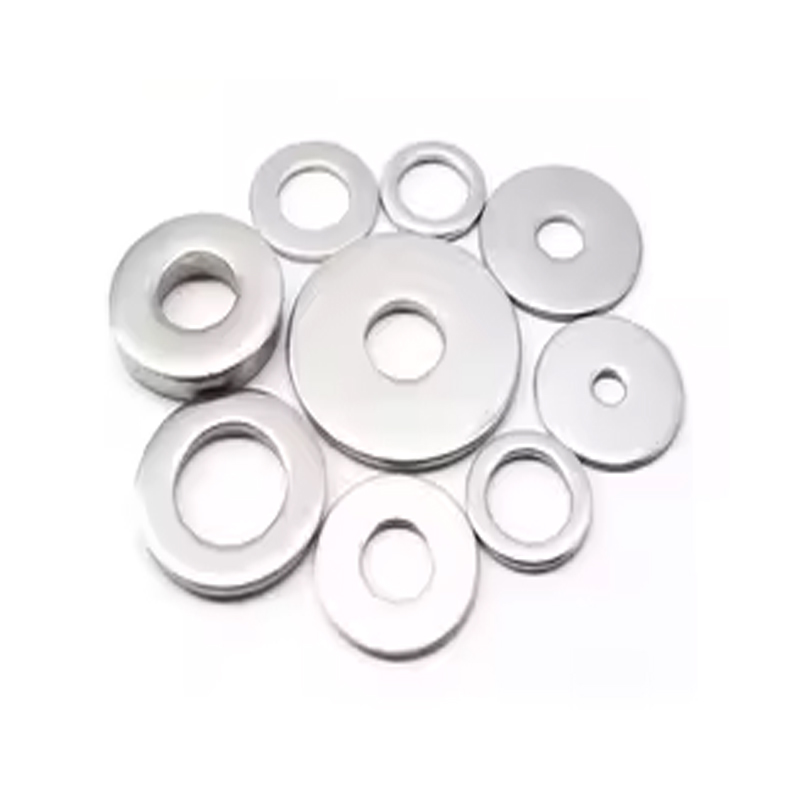Seal for Power Steering Pressure Hose Replacement and Maintenance Guide
Understanding Power Steering Pressure Hose Seals Importance and Maintenance
Power steering systems are critical components in modern vehicles, providing drivers with easier steering capabilities. At the heart of this system lies the power steering pressure hose, which transports hydraulic fluid from the pump to the steering gear. To ensure optimal performance and longevity, one crucial element that often goes overlooked is the power steering pressure hose seal.
What are Power Steering Pressure Hose Seals?
Power steering pressure hose seals are specialized components designed to prevent hydraulic fluid leaks at the junctions where the pressure hose connects to various components, such as the steering rack and the power steering pump. These seals are typically made from durable materials like rubber or synthetic composites that can withstand high pressures and resist wear over time.
Importance of Power Steering Pressure Hose Seals
1. Leak Prevention The primary function of these seals is to prevent the hydraulic fluid from leaking. A leak in the power steering system can significantly hinder steering performance and lead to increased wear on the steering components. This not only affects drivability but can also lead to costly repairs if left unaddressed.
2. System Efficiency Properly functioning seals maintain the pressure within the power steering system, ensuring that the hydraulic fluid can effectively assist in steering. If seals are compromised, the system may struggle to generate the necessary pressure, resulting in heavier steering and increased strain on the power steering pump.
3. Safety A faulty power steering system can contribute to dangerous driving conditions. Loss of steering control due to fluid leaks can result in accidents. Therefore, maintaining the integrity of the power steering pressure hose seals is critical for vehicle safety.
Signs of Worn or Damaged Seals
power steering pressure hose seal

Recognizing the signs of worn or damaged power steering pressure hose seals can save drivers from extensive repairs. Some common indicators include
- Fluid Leaks The most noticeable sign of a bad seal is the presence of hydraulic fluid on the ground beneath the vehicle. This fluid is typically a reddish color and is easily identifiable. - Steering Difficulties If the steering feels unusually heavy or unresponsive, it may indicate low hydraulic fluid levels caused by a leak. - Unusual Noises Whining or groaning noises while turning can point to low fluid levels as well, suggesting that the seals may be failing. - Warning Lights Some vehicles are equipped with warning lights that activate when the power steering system is functioning inadequately.
Maintenance Tips
To ensure the longevity of power steering pressure hose seals, regular maintenance is essential
1. Routine Inspections Regularly check for signs of fluid leaks or wear around the power steering components. Catching issues early can prevent costly repairs in the future.
2. Fluid Checks Periodically check the level and condition of the power steering fluid. If the fluid appears discolored or contaminated, it may need to be replaced.
3. Professional Servicing It’s advisable to have the power steering system inspected by a professional during routine vehicle maintenance. They can assess the condition of the seals and replace them if necessary.
Conclusion
In conclusion, power steering pressure hose seals play a vital role in ensuring that the power steering system operates effectively and safely. By understanding their importance and recognizing the signs of wear, vehicle owners can take proactive steps to maintain their steering systems. Regular inspections and timely replacements of these seals can prolong the life of the power steering system, enhance driving comfort, and most importantly, ensure safety on the road. Whether you are a seasoned mechanic or a casual driver, awareness of these components is key to a well-maintained vehicle.
-
The Ultimate Guide to Boat Propeller Bearings and Trailer Wheel Bearings
News Jul.31,2025
-
The Essential Guide to Marine Bearings and Boat Trailer Wheel Bearings
News Jul.31,2025
-
The Complete Guide to Heavy Duty Seals: Protecting Doors and Spaces Efficiently
News Jul.31,2025
-
Essential Guide to Marine Shaft Bearings and Boat Trailer Axle Bearings
News Jul.31,2025
-
Comprehensive Guide to Marine and Trailer Bearings for Safe Boating and Transport
News Jul.31,2025
-
Comprehensive Guide to Automotive Oil Seals: Protecting Your Engine and Shafts
News Jul.31,2025
-
Understanding Automotive Oil Seals: Essential Components for Engine and Shaft Protection
News Jul.30,2025
Products categories















